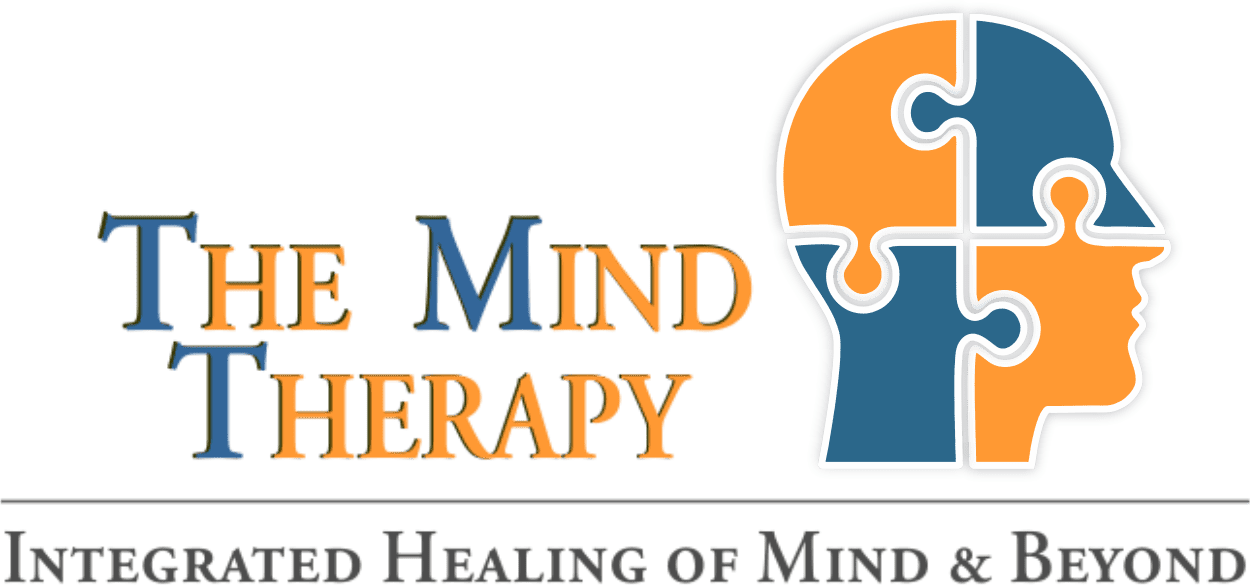Mental health frequently falls behind in the fast-paced world of today. Many of us experience mental stress, anxiety, feelings of overwhelm, or emotional exhaustion. Nevertheless, bigger interventions or adjustments are not always needed for recovery and healing. The most potent healing can occasionally come from within. What is required is self-awareness of what exactly is happening inside of us.
Simple yet powerful, mind therapy techniques can help us regain our sense of self, control our emotions, and relax our minds. Anyone can use these methods at home without the need for expensive medical care or prescription drugs.
1. Recognizing the Need for Mental Health treatment.
The digital world continuously overwhelms our minds. Huge amounts of information in various forms flood our minds. We are all tempted to watch videos on social media platforms like YouTube, Facebook, and Instagram. We hardly ever have time for deeper mental relaxation because of digital distractions and everyday demands at work or home.
Over 73% of adults acknowledge that they frequently ‘overthink,’ which is closely related to anxiety, depression, and long-term stress, according to a 2020 study that was published in the Journal of Psychopathology.
In the words of Mindfulness-Based Stress Reduction pioneer Jon Kabat-Zinn: You can learn to surf, but you can't stop the waves. You may learn to manage your mental waves instead of drowning in them with the help of mind therapy.
2. The Foundation of Mental Healing: Mindfulness
Being mindful entails focusing on the here and now, without passing judgment. Instead of being enmeshed in thoughts, it teaches the mind to watch them. Be aware of our inner and outer world.
Try this easy mindfulness practice: Sit quietly and pay attention to your breathing. Acknowledge the thought as it arises, then gently return our focus to our breathing.
According to a 2014 meta-analysis published in JAMA Internal Medicine, mindfulness meditation dramatically lowers stress, anxiety, and depressive symptoms. It functions by enhancing emotional control and reducing the stress hormone cortisol.
3. Giving a name to the Thoughts:
The term was created by clinical psychiatrist Dr. Daniel Siegel, and that is, “To tame it, give it a name.”
It indicates that when we give names to our feelings or cognitive processes, they start to become less powerful. For instance, when you feel overwhelmed, remind yourself by saying, "This is anxiety" or "This is fear." This minor change can help us restore control by putting distance between us and the emotion.
4. The Power of Empathy and Compassion
Compared to a stranger, we frequently speak harsher and more critically to ourselves. Treating ourselves with the same consideration as we would speak to our friend who is suffering is known as self-compassion.
Self-compassion, according to researcher Dr. Kristin Neff, “lowers anxiety and self-criticism; boosts our mood and resilience.”
Try this: When we are feeling down or failing, repeat, “It is fine. I am, after all, a human being, prone to commit mistakes and experience failure during the life journey. Next time, I will be more careful and use my past learnings from failures.”
This kind viewpoint provides us a sense of security and support.
5. Writing in a Journal: Creating Mental Clarity and Awareness
Writing freely about our feelings and thoughts is a very basic approach known as "expressive writing." This exercise is well-established and highly researched for taking care of many mind-related problems.
The benefits include enhanced mood, less stress, and increased self-awareness.
Writing about emotional events for 15 to 20 minutes a day led to significant physical and mental health benefits, according to research conducted by the University of Texas. Prompts such as ‘What am I feeling right now?’ and ‘What do I need to let go of today?’ can serve as a starting point for journal writing.
6. Grounding Technique
Grounding practices help us focus on the present moment when we are feeling stressed or overwhelmed.
Try using the 5-4-3-2-1 technique: We can see five things, touch four things, hear three things, smell two things, and taste one thing. This exercise will help us bring back the present, rather than allowing our minds to wander in innumerable directions.
These sensory exercises help you stay grounded and stop your thoughts from spiraling out of control.
7. Breathwork and Movement
The body and mind are closely related. Breathwork and gentle movement (such as yoga, stretching, or walking) can help release stress that has been accumulated in our psychosomatic body.
Try box breathing, which Navy SEALs and athletes use:
Four seconds of inhalation (count to 4), four seconds of holding, four seconds of exhalation, and four seconds of holding
For a few minutes, repeat this to rapidly relax your neurological system. This exercise is a deep relaxation technique that has been widely researched and shown to have benefits.
8. Talk It Out to Heal the Process
Speaking with a trusted person, such as a friend, therapist, or support group, can help us gain perspective and lessen emotional pain. Once we started thinking from a distance or with a bigger perspective, things began to change.
According to a 2019 study in the Journal of Personality, social engagement greatly decreased negative thoughts. Meaningful, albeit brief, talks enhance emotional well-being.
We must avoid isolating ourselves from others. Remember, we humans are social animals. Healing comes from social connection, not becoming aloof or lonely in struggle.
9. Establish a Healing Schedule
Internal healing is a daily exercise rather than a one-time event. We should all establish a basic routine that consists of
a) journaling before bed,
b) engaging in physical activity daily,
c) regularly interacting with others,
d) self-kindness exercises, and
e) ten minutes of mindfulness-based meditation or any other exercise.
The secret lies in its consistency. These minor routines help develop emotional resilience over the period.
Conclusion: Healing is a journey, not a destination.
We do not have to make all the fixes at once. Internal healing is a gradual, peaceful process. Begin modestly. We should have patience with ourselves.
Let us finish it by telling a quote of Eckhart Tolle:
“Realizing who you are at your core is what brings you peace, not changing the circumstances of your life.”
Are you looking for inner peace, deep relaxation or holistic solutions for mental health? Visit http://themindtherapy.in - your space for online counselling/therapy, free mental health tests, meditation, sound therapy etc.
Mind Therapy is India's trusted platform for mental health, mindfulness, and holistic healing. Explore expert-led programs, guided meditation, sound therapy and counselling at http://themindtherapy.in














